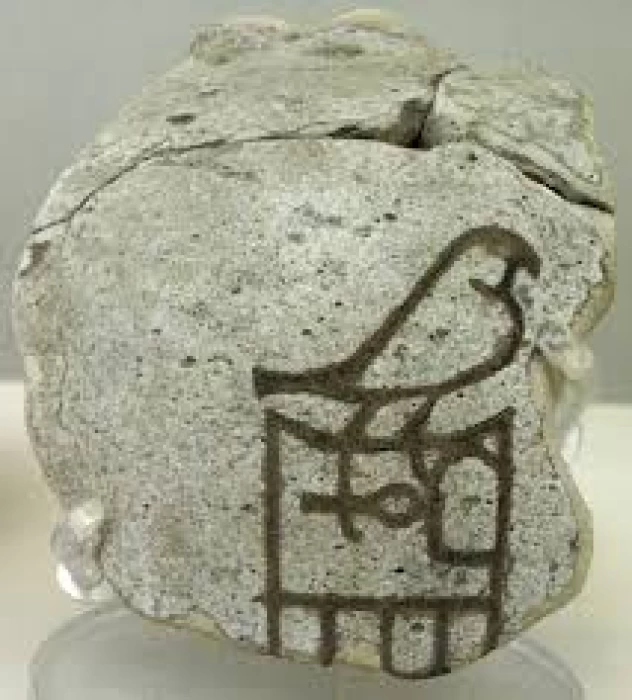
Hor-Aha King | One of first dynasty’s kings
Some archeologists believe that he is the same as the legendary person Menes and that he is the one who united all of Egypt. On the other hand, others claim that he is the son of Narmer, the pharaoh who united Egypt, and Horus-Aha as his son and heir.The seal impressions discovered by Gunter Dreyer at Umm el-Qa'ab from the tombs of Den and Qa'a identify Hor-Aha as the second pharaoh of the First Dynasty. There is one of the tombs of the kings in Abydos city near Luxor where you can have a unique experience of sailing on one of Egypt Nile cruise Tours and watch the sunrise on the Nile River.
He performed many religious activities. His visit to the shrine of the goddess Neith is recorded on several paintings from his reign. Furthermore, the first known representation of the Henu shipping barge—sacred to the god Sokar—was found inscribed on a public tablet dating to his reign. Ship inscriptions, labels, and seals from the tombs of Hor-Aha and Queen Neithotep indicate that this queen died during Aha's reign. He arranged for her burial in the magnificent mastaba excavated by Jacques de Morgan. Queen Neithotep was probably Aha's mother. Learn more about the Egyptian dynasties and their heritage during Egypt Classic Tours, organized by professional team.
An inscription on an ivory tablet from Abydos indicates that Hor-Aha led an expedition against the Nubians. On the year tablet, the year is explicitly called "the year of the beating of Ta-Seti" ( Nubia). Under Hor-Aha, trade with the southern countries seems to have been in decline. In contrast to his predecessor Narmer, Hor-Aha relied on Egypt's internal economy but reduced the external economy with neighboring states Discover more about the Egyptian economy and authority during your Egypt Easter Tours with your family and friends. Concerning the death of the king, The Egyptian priest Manetho lived more than 2,600 years after Hor-Aha's rule. Hor-Aha was attacked by the god Set in the form of a hippopotamus, which led to his death.













